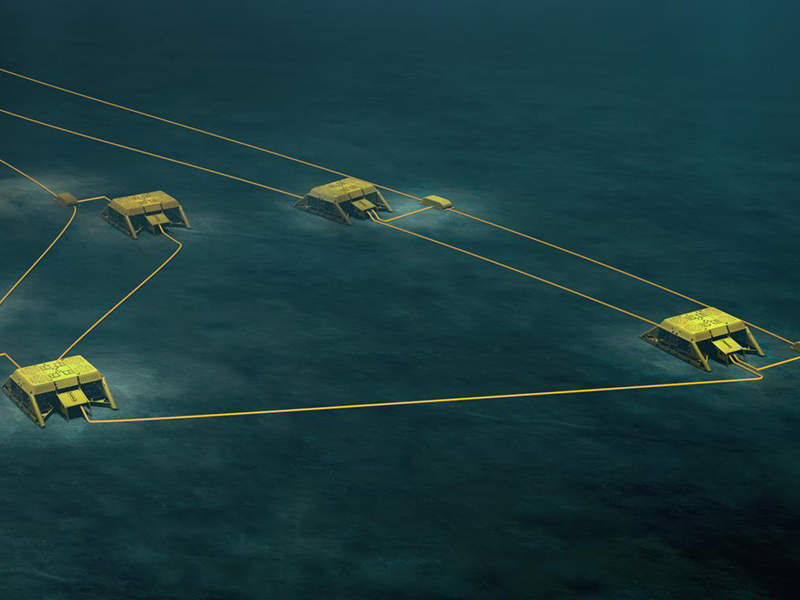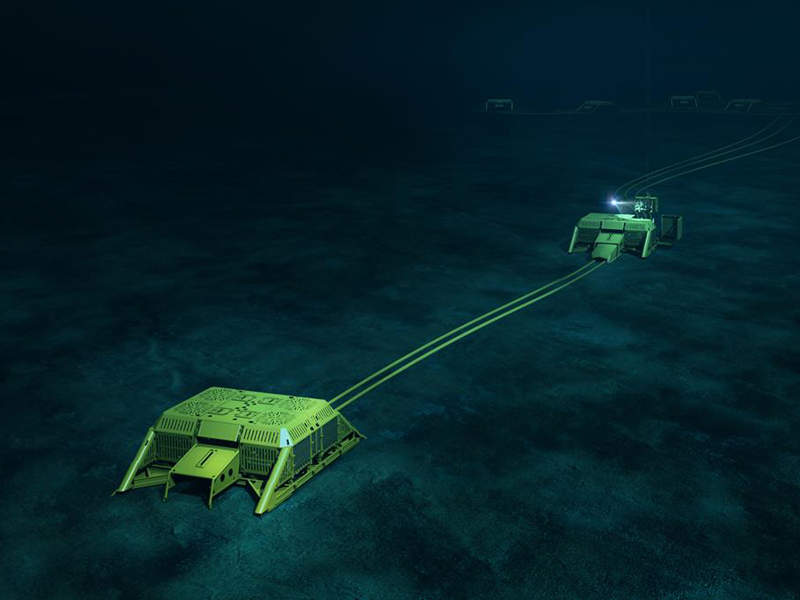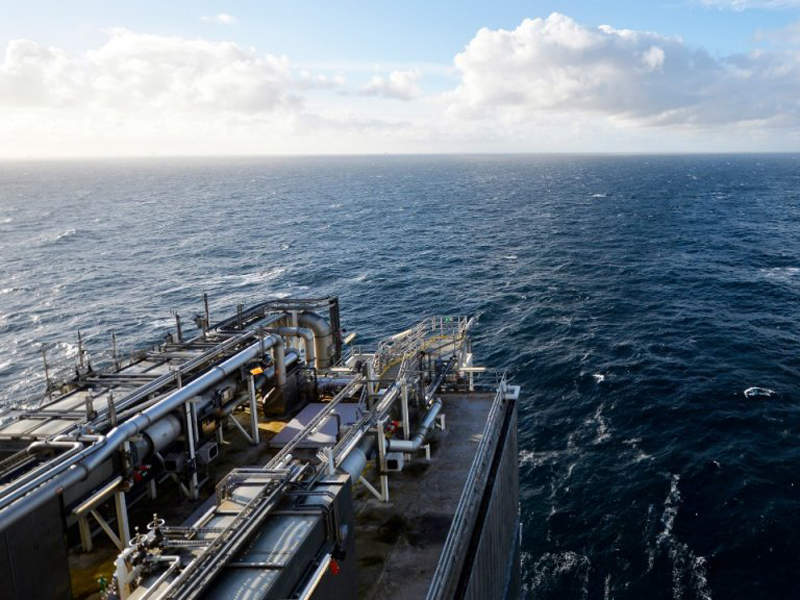Troll oil and gas field is located 60km west of Sognefjorden in the Norwegian North Sea, at a water depth of 300m.
It is the biggest oil-producing field within the continental shelf of Norway.
Operator Equinor, formerly known as Statoil, currently holds 30.58% ownership of the field, while the remaining stake is held by Petoro (56%), Norske Shell (8.10%), Total E&P Norge (3.69%) and ConocoPhillips Skandinavia (1.62%).
The initial field development was carried out in two phases, although a large amount of gas resources still lay in the western part of the field, which are slated to be recovered via the planned Troll phase three development.
First gas is expected from the phase three of the project in the second quarter of 2021.
Troll field reserves and development background
The Troll field lies in blocks 31/2, 3, 5 and 6 with original estimated reserves of 1.4 billion cubic metres.
The field reservoir is divided into two main structures, namely Troll East and Troll West.
Troll West is also further divided into a number of oil and gas provinces.
Both structures have been developed in two phases through development and operation plans (PDO) that were originally approved in 1986 and 1990 respectively.
The first phase of development involved the recovery of gas reserves from the Troll East structure through the Troll A facility.
Phase two of the development saw the recovery of oil reserves from the Troll West structure via the Troll B and Troll C platforms.
The third phase of development is expected to focus on the recovery of gas reserves from the Troll West structure.
The production at the Troll field is expected to continue until 2060.
Troll phase three development details
Phase three of the Troll project will see the development of the Troll West structure, which lies in water depths of approximately 330m and is located 25km north-west of the Troll A platform.
The development plan envisages a subsea production system consisting of two subsea templates or manifolds, as well as nine trees.
Each of the subsea system’s manifolds is expected to have four well slots.
A total of eight production wells will be drilled and tied-back to the Troll A platform in order to recover the gas reserves.
The gas produced by the field will be transported via a 36-inch pipeline to the Troll A platform.
A 20km-long umbilical will connect the Troll A platform to the W1 Template, while a 7km-long umbilical will connect Template W1 with Template W2.
Details of the Troll A platform
The 472m-high Troll A platform is currently the highest man-made structure to be installed in water.
It stands in 300m of water, weighs approximately 656,000t and is built on a substructure measuring 343m-high.
The Troll A platform was built using 100,000t of steel and 245,000m³ of concrete. Initial production from the platform commenced in 1996.
A new 1,200t processing module will be installed on the Troll A platform under the Troll field phase three development in order to receive and process the produced gas.
The processed gas will be exported to the onshore Kollsnes facility, which is located near Bergen, Norway.
Construction details
Other offshore works involved in the phase three development include the construction of two foundation structures, along with the installation of pipeline end manifolds (PLEMs) and spools.
DeepOcean’s onshore project team is slated to carry out engineering, procurement, construction and installation (EPCI) activities for two subsea template structures, two foundation structures and manifolds during 2019 and 2021.
The new processing module will be built at the Aker Solutions yard in Egersund, while the engineering works associated with the module will be carried out in Bergen, Norway.
The module is expected to be installed on the Troll A platform during the summer of 2020.
Contractors involved with Troll phase three development
Aker Solutions has been contracted by Equinor to supply the subsea production system for the Troll phase three development.
The subsea system is expected to be built at various facilities in Brazil, Malaysia, Norway and the UK.
Delivery of the subsea system is scheduled for the second quarter of 2019.
The scope of the contract also includes the provision of subsea services for the Troll field from the Aker Solutions facility located in Ågotnes, Norway.
Aker Solutions was also contracted by Equinor to provide front-end engineering and design (FEED) services for the module to be installed on the Troll A platform.
DeepOcean AS, a subsidiary of DeepOcean Group Holding (DeepOcean), was contracted to carry out marine operations on the Troll phase three project in July 2018.
Nexans Norway was awarded the subsea umbilical contract for the Troll phase three development in July 2018.
The scope of contract includes the design, manufacture and supply of static umbilicals, as well as a methanol and glycol (MEG) service line for chemical injection, a spare line and fiber-optic communications systems.
The contract also covers the delivery of connections, terminations and other umbilical accessories in support of the project.






